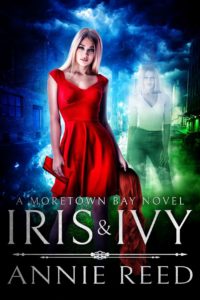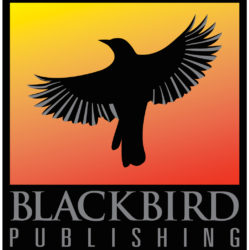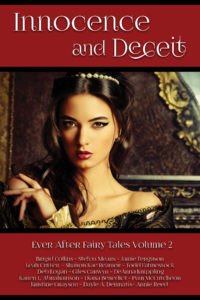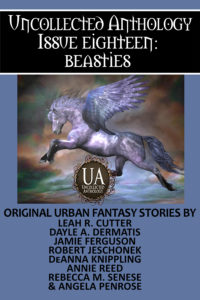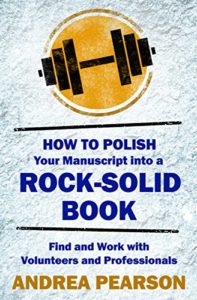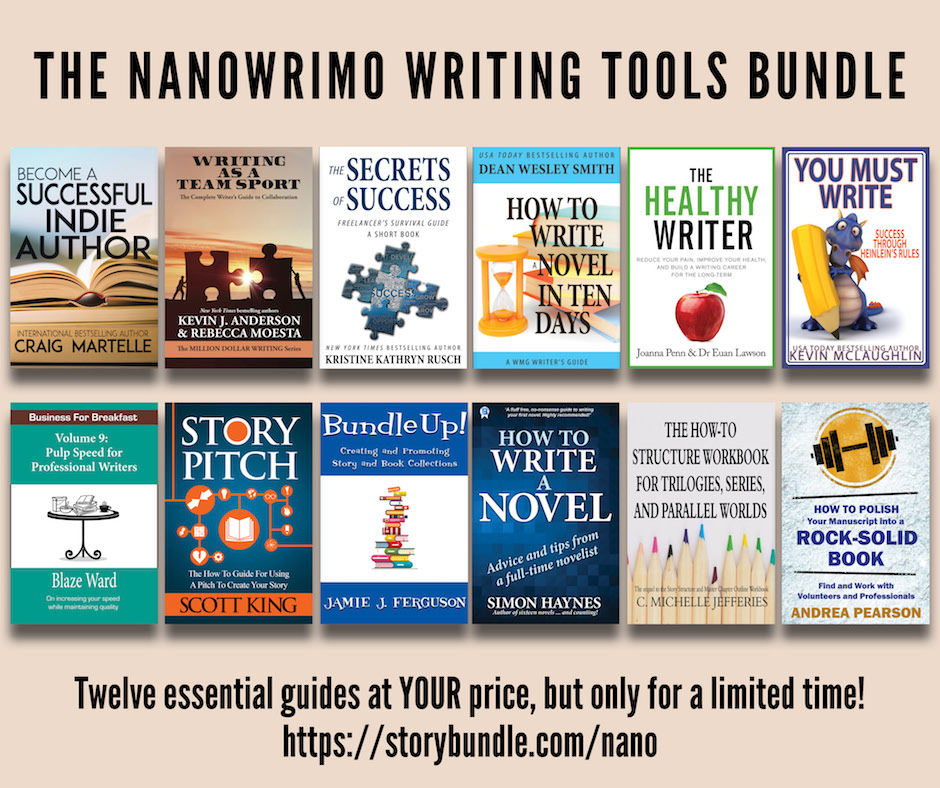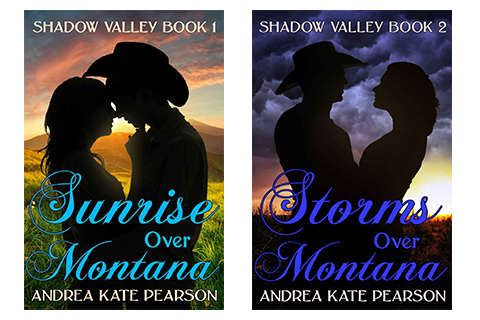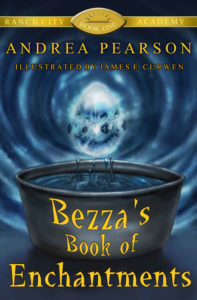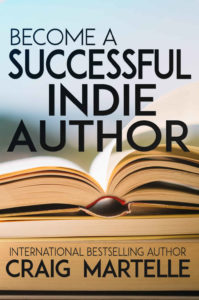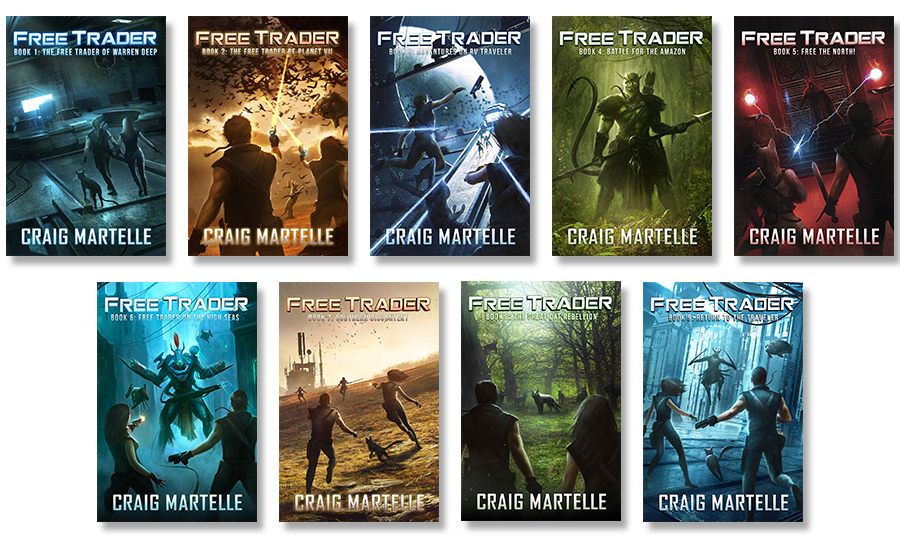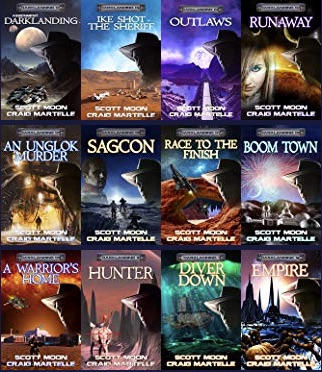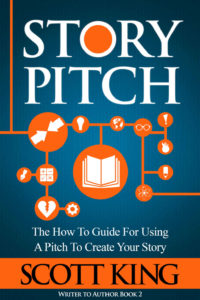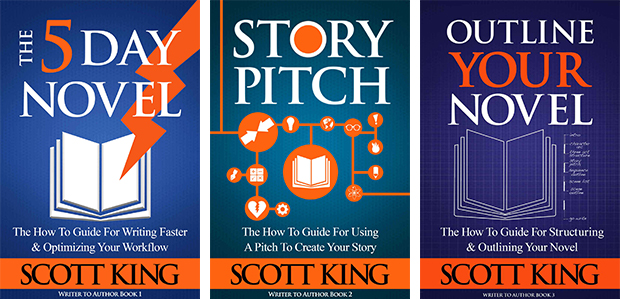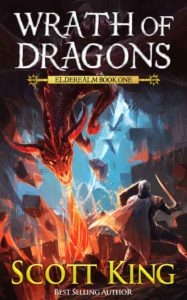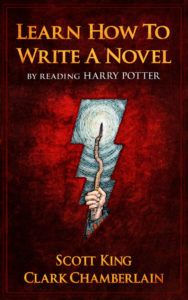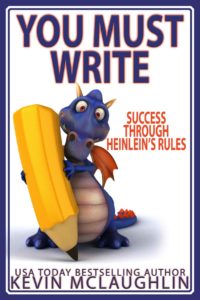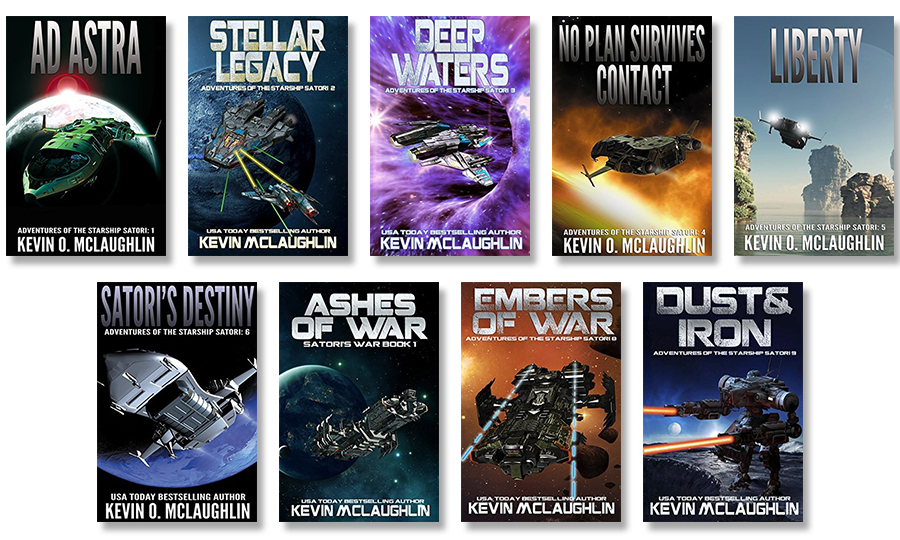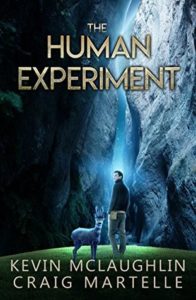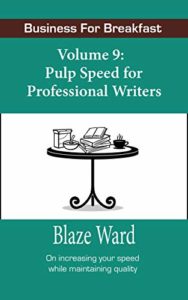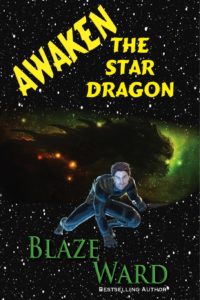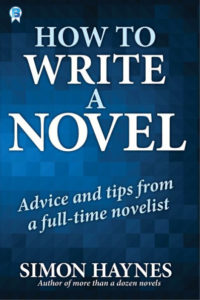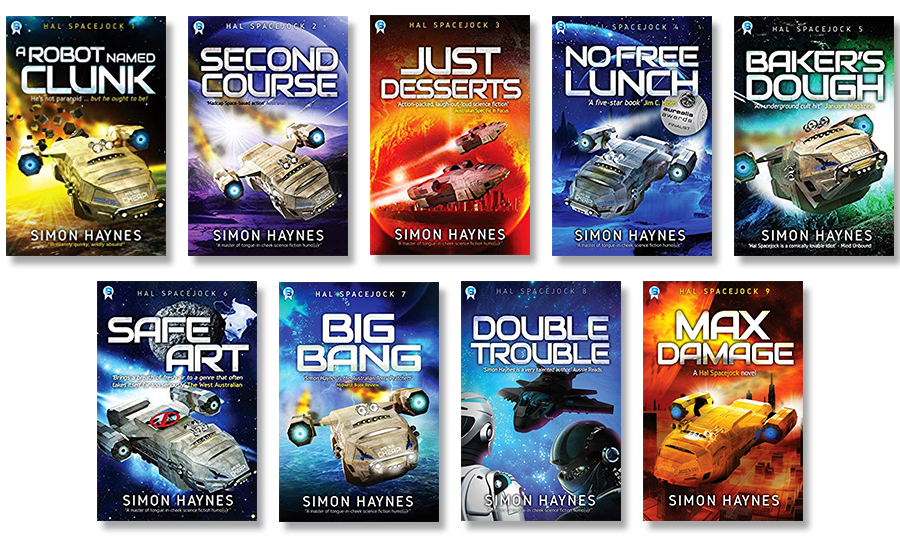February 26th, 2019 is National Tell a Fairy Tale Day!
A group of eight Colorado authors will be celebrating this festive day by telling fairy tales at BookBar in Denver, Colorado. If you’re in the neighborhood, stop by and listen to their stories!
In this interview, the authors answer a few questions about fairy tales. 🙂
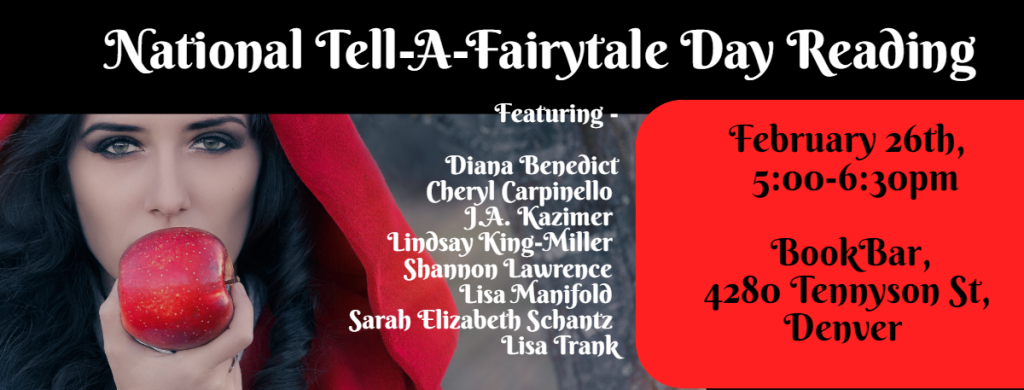
Meet the authors!
The authors reading from their work at BookBar are:
- Diana Benedict
Reading from “Summerland’s Paladin,” a short story in the Midwinter Fae anthology.
- Cheryl Carpinello
Reading “The Legend of the Red Deer & the Unicorns” from her book Guinevere: On the Eve of Legend, and from “Tales of the Arabian Nights.”
- J. A. Kazimer
Reading from her novel CUFFED: A Detective Goldie Locks Mystery.
- Lindsay King-Miller
Reading “The Third Bride,” an unpublished short story.
- Shannon Lawrence
Reading “The Black Undeath,” a short story in the Once Upon a Scream anthology.
- Lisa Manifold
Reading from her novel Thea’s Tale, as well as from her work-in-progress.
- Sarah Elizabeth Schantz
Reading a poem titled “Swan Soup” and a short story, “Down in the Water.”
- Lisa Trank
Reading a family fairy tale about locusts.
The Interview
What do you enjoy about incorporating fairy tale elements in your own writing?
Sarah: First I think I like incorporating fairy tales into my own writing because it’s impossible not to although they can be far more disguised. It’s like Kurt Vonnegut said about how there are only so many plots out there (“Cinderella” being one of them) so why not choose to do it deliberately? Furthermore, the archetypes from the tales and the motifs too carry so much symbolic energy that they make my job easier (even if I’m twisting the original story or starting “Snow White” in the casket while she’s dead).
Diana: Fairy tales are archetypal, they depict Everyman stories. They reach way back into early people’s psyche and you can tell what was important to them and how they saw the world. I really like that animals can be active characters with their own motivations and purposes, too. I love pulling that magical aspect of storytelling into my stories. I love all my “children”, but the ones with fairy tale elements are my special babies.
Julie: People have all these expectations of fairytale characters, so my joy comes from twisting those expectations in a humorous way. For example, in CUFFED: A Detective Goldie Locks Mystery, gone are Goldie Locks’ trespassing ways, instead she’s a cop solving fairytale-on-fairytale crimes, with her adoptive Bear family helping out at every turn.
Lisa T.: I love messing with traditions and playing on our shared fears, phobias, and misreadings of mythologies. Fairy tales were never supposed to have happy endings—Grimm’s Fairy Tales are dark and devious, which allow us to explore that part of our psyche.
Shannon: There’s something fun about taking the familiar and twisting it into something new. Fairy tales were originally meant to be dark, but at some point we made them cheerful and endearing. I love taking them back to their more sinister roots.
Cheryl: For me, Fairy Tales also encompass folklore and legends. In my writing for ages 9-15, I love introducing readers to tales that have been around for ages and are still relevant today. The broad definition of Fairy Tales also allows me to introduce my own tales into my writing. It’s a delight when I talk with young readers who may or may not know the story of King Arthur, but when I ask if they know the Legend of the Red Deer and the Unicorns, their eyes sparkle in anticipation of hearing the story.
Lindsay: Can I say that I just really like taking these ancient, archetypal stories and making them gay? There’s so much weight and symbolism in fairy tales, and I find it really satisfying to apply those layers of history and nuance to people who haven’t always appeared in stories. Queer retellings of fairy tales have so much power—they can subvert expectations in really meaningful ways.
Is there a fairy tale that you really enjoy, or which has stuck with you? If so, which one—and what do you find compelling about this particular story?
Sarah: Anyone who knows me knows I’m obsessed with “Little Red Riding Hood.” I think I’ve always been drawn to it, and other fairy tale-like stories such as Alice in Wonderland and The Wonderful Wizard of Oz because it’s a GIRL on a JOURNEY by herself and with the exception of what Charles Perrault tried to do to Red back in the Court of the Sun King when he killed her off, she isn’t some helpless princess with privilege but a peasant girl who fends for herself and survives. I wrote my undergraduate critical thesis on her evolution from oral folktale (Middle Ages) to the twentieth century via storytelling and cinema and found that she goes from being the prey to preying on the predator (I specifically looked at how Hard Candy starring Ellen Page is a modern retelling). Originally Red didn’t even wear red and was a warning tale about werewolves where she outsmarted the wolf and escaped. Then Perrault came along and cloaked her in the harlot red and killed her off with a tidy bow of a moral at the end for the Brothers Grimm to come along in the 19th century and have a man (the woodcutter) come along and rescue her. She went through some strange phases in the 1950s/1960s, particularly with Anne Sexton’s Transformations, and the feminist strangeness that was Angela Carter with her wolf trilogy as presented in her short story collection, The Bloody Chamber where Red beds/weds the wolf and then Joyce Carol Oates’ almost timeless sociopath killer as wolf/devil retelling, “Where are you going? Where have you been?” and the relatively terrible film they made of it titled Smooth Talk followed by Freeway starring Reese Witherspoon who does outsmart the “wolf” and finally Hard Candy as mentioned above. My short answer is this: I love “Little Red Riding Hood” because I want to walk with wolves, even werewolves. I don’t necessarily care for all the marriage-centric fairy tales out there like “Snow White” or “Sleeping Beauty” although I do love all the magic.
Diana: I love Puss in Boots. I mentioned that I love animals that have their own purpose and motivations. Puss is a very active character. He manages the young man who inherits him quite handily, ignoring the ignorant fellow’s short-sighted plan of eating the cat and making a muff of his fur. He convinces the man to obtain a pair of boots and pouch for him and sets out to make the man’s fortune for him. At every turn he has a plan to acquire a fortune and a fine wife for his person. The young man just goes along, doing as he is told and manages to not make a fool of himself and ends up with a fine castle and the king’s daughter for his wife. Puss makes a life of ease where he only hunts mice for fun when he desires. Smart cat with a fine sense of style and drama!
Julie: Cinderella all the way. I have to know, before I die, how she managed to walk in glass slippers. Those things have no give. My own feet hurt just thinking about it.
Lisa T.: Jack and the Beanstalk. Hans Christian Anderson. I also love the Sholem Alechem tales of the Golem.
Shannon: I’ve always been drawn to Little Red Riding Hood. Who among us hasn’t felt alone, isolated? Sleeping Beauty was a favorite, as well. But in her case, it was all about Maleficent in the Disney version. There’s another story that’s always stuck with me, and I can’t remember the name. It’s the young woman who goes to become a bride, but something happens, and she is instead made into the goose keeper. Her horse’s head is cut off and mounted on the gate she must pass under every day. It was so twisted, but also had a satisfying end.
Cheryl: I’m not a traditional fairy tale lover. In case you weren’t sure, my love is Arthurian Legend. I find that the continued popularity of this legend makes it also one of most loved. There aren’t many years that go by without a new version of King Arthur making a debut. I’ll get into why in the next question.
Lindsay: The Little Mermaid. Andersen’s original story, not the Disney version—it was so grotesque. She walked on knives! She cut out her tongue! And she still didn’t get what she wanted. There’s something so primal about that, about what women have to go through to prove their worth, and how it might never be enough. I know a lot of fairy tales are dark, but as a horror writer I’m particularly drawn to the mermaid and her suffering.
The original fairy tales were often cautionary tales, told to teach lessons. Do you find some of these lessons still apply in today’s world?
Diana: Some of them provide some of the earliest lessons in behavior and we still look to them or we should. Even as kids we knew not to talk to strangers and be kind to old ladies with warts lest they eat you or curse you for your rudeness. Although, maybe kids nowadays don’t know the stories or haven’t suffered consequences for their behavior. There’s a story there. Would kids today know to never use bread crumbs for a trail because squirrels or something would eat them and they’d be lost somewhere really scary?
Julie: Even more so. Think about Little Red Riding Hood. The lesson is, ‘listen to your parents and don’t stray off the path’ else you’ll be consumed by a wolf who looks a whole lot like Grammy. The lesson still applies, though the wolf part seems like a long shot.
Lisa T.: As we continue to reinvent fairy tales, we also reinvent those lessons and that pushes against the boundaries of how we are conditioned to believe certain things about the world. I was terrified of grasshoppers because I’d grown up with this strange story from my mom’s childhood. But when our cat started hunting them and bringing the carcasses into our apartment, it gave me a different perspective and appreciation of them. And of course, writing always transforms things.
Shannon: The base of most of those stories still stands. Whether it’s about sneaking out, selfishness, strangers, or liking yourself the way you are, they still make sense.
Cheryl: Definitely. I’ve written articles on Arthurian Legend’s relevance and popularity in today’s world. Briefly, the Legend brings about the importance of friendship, loyalty, honor, treatment of those less fortunate, and appropriate behavior for many occasions to name a few. Important lessons which sometimes are not stressed enough today. Having these values already embedded in the Legend lets me create believable and identifiable characters for my young readers.
What do and/or don’t you like about traditional fairy tales?
Sarah: Obviously all the characters are stock characters, and all the female characters are held prisoner of the gender constraints of a largely Christian mindset, and maybe it’s because I’m in my forties now but I get more and more tired of the way the older women in fairy tales are hags or conniving witches. I used to be bothered more by how helpless and husband-obsessed the maidens were. Now I’m worried about the witches exiled to the woods or the barren stone towers of menopause.
Diana: Perrault reworked them into moral stories. A lot of them reduced girls/women to helpless creatures that needed to be rescued, when there are lots of other stories about women and girls who were strong and clever in their own right. I want to read stories about really strong girls and women who overcome adversity and win through cleverness.
Julie: Everything said above, and add in the rapier elements of finding helpless women in comas and assaulting them.
Lisa T.: The whole Disney take on fairy tales has really twisted generations of girls and women into expectations of being saved and way too thin waists! It’s insidious, gendered, and comes from a pretty privileged stance. Even the “modern” princesses—the entire idea of royalty being the standard for our imagination turns me off.
Shannon: I have to agree with the inherent sexism in some of these stories. You can really tell what stage of life you’re in as a woman based upon what stands out most to you at any given time. No matter how aware we are of the issues now, there’s little bit of fairy tale thought that someone will come along and rescue you.
Cheryl: Fairy Tales always reflect the society in which they were first told or written; these do not reflect the norm in today’s world. Most of the storylines have to be taken lightly while looking deeper for the values expressed.
Lindsay: I find most fairy tales insufficiently gay. I’m working on it.
What difference do you see between today’s fairy tale retellings, and the types of fairy tales that were told hundreds of years ago?
Sarah: There is more of a tendency now to uncloak the alleged villains in the fairy tales of old and either prove they aren’t evil or there is a damn good reason for why they do what they do or ended up the way they did (I’m thinking in particular of the film Maleficent and how it took the “bad” fairy godmother from “Sleeping Beauty” and unpacked her character to essentially reveal a date rape situation [a metaphor for rape when her wings are cut off after she’s drugged by a man she trusts and even loves]). As a stepmother I haven’t always appreciated the way fairy tales represent us all as vain, scheming, evil, and jealous but then I started digging deeper and found the stepmother in “Snow White” at least was originally the girl’s biological mother and I’m not sure what’s worse.
Diana: I think that fairy tales represent whatever the society needs them to. That’s how stories full of dire and explicit warnings for avoiding physical danger in a cruel world become moral stories of how to behave in society. That’s how Red Riding Hood goes through so many aspects.I think modern Disney princess movies speak (more and more) to empowering girls, which is a good thing, mostly. Frozen is the latest in a series of modern fairy tales with a powerful message for little girls. I think what is important is that these stories contain that magic, those constructs which take the reader or watcher out of the everyday world and places them smack in the magical realm of story which speaks to the oldest part of our humanity. We need magic, even more now, I think, with the advent of 24 hour technology.
Lisa T.: It’s interesting—I didn’t grow up reading fairy tales and I never read them to our three daughters. They didn’t even watch Disney princess movies because I was so repelled by them and the physical pressure they put on girls. And boys. I’m all for retelling and letting happy endings go.
Shannon: There are different iterations of the retellings. There are those that make them funnier, those that make them scarier, and those that make them more romantic, to name a few. They went from being cautionary tales to fantasies, which feels like the extreme opposite of their origins. Which is why I think the horror retellings are often closer to the original heart of the stories. I love all the variations, though, and i think we make them what we need them to be, whether that’s goofy, romantic, or scary.
Cheryl: Most of the retellings are an attempt to make those more relevant or to explain the significance of the tale. Many times this can be humorous as in the story of The Three Little Pigs told by the Big Bad Wolf.
Lindsay: My favorite fairy tale retellings are the ones that make you question what the original tale was teaching, because some of the virtues they were trying to instill are really questionable. There’s a lot about caution, obedience, passivity—especially for women—so I love to see writers approach them with a fresh eye and challenge the outdated wisdom they hoped to impart. I loved Julie C. Dao’s Snow White retelling, Kingdom of the Blazing Phoenix, because it took this very passive character who is saved by the love and strength of others, and instead gave her a quest and a way to save herself.
Traditional fairy tales varied depending on where the tellers lived. For example, Scandinavian fairy tales often included characters and elements related to their landscape. Is there a geographical region whose fairy tales resonate more with you? And if so, why?
Diana: The Middle East has always resonated for me. I read a lot of mythology as a kid and I was sad to see that women and girls were not very strong or clever or if they were, they ended up punished. There are stories that you can find if you search hard. I was lucky to find a copy of Fearless Girls, Wise Women, and Beloved Sisters, which is a collection of stories about plucky girls from all over the world edited by Kathleen Ragan. Also Clarissa Pinkola Estes’ book, Women Who Run with the Wolves. Both of these books do share stories of geographical areas, but more they show women and girls being strong and competent.
Lisa T.: Sholem Alechem’s tales took place in small Jewish villages of Eastern Europe, much of which no longer exist. I turn to them for a connection to my ancestry and for the humor, even in the midst of tragedy and danger.
Shannon: I don’t know if they’d be considered fairy tales, really, more like mythology, but the ones that mean the most to me are Native American tales. Especially Coyote. Tricksters of any stripe will always be my favorite.
Cheryl: Aside from Arthurian Legend, I love those from Eastern Germany that the Grimm Brothers recorded and passed down to us. And I love the stories written today using the Greek Myths. I’m also a fan of the desert stories told in 1001 Tales of the Arabian Nights. I guess you could say I’m just a fan of tales, legends, and myths!
What story are you working on now, and what’s fun about what you’re writing?
Diana: I am working on a story about a fairy who is forced to become a princess in a mortal king’s castle as a way to preserve peace between the two races. I do enjoy the actual fae stories. All the tales of these people say they were a magical and clever people. There are lots of ways to cast them given the stories told of them. I get the impression they just wanted to live their lives and many humans were afraid of them or bulled their way over their way of life or hated them because they were different. I like playing with historical characters and watching how the fairy aspect changes how and why people do things. I like the main fairy character and I like watching her figure out how to obey her queen and make her way in a human world, even knowing that everything she might come to love will be dust even as she doesn’t age.
Julie: Since I just published CUFFED: A Detective Goldie Locks Mystery, I’ve been writing promotional pieces which have been a ton of fun. For example, I wrote a bit about a Day in the Life of Goldie Locks, where she is standing over a body, contemplating just how she got there. It’s always such a joy to go back to a character you wrote two years ago (as that’s how publishing schedules often work) and reconnect with them.
Lisa T.: I have a full length MG novel in submission and am starting on two projects—a picture book that is whimsical and loving (harder than I thought) and another full length middle grade novel that is fantasy and funny—based in Lower East Side and the Yiddish Theater. My grandparents were actors and many fairy tales were adapted for the Yiddish Theater. I’m excited to dive into that and have fun with mirror timelines and translations.
Shannon: I’ve got a couple along these lines going. One is a retelling of Rapunzel, but Rapunzel’s the predator, and her “hair” is woven, not actually hair. I’m also working on a sci-fi Bluebeard where he’s not a murderer and the women aren’t necessarily human. Both of these turn the original tales on their head, which I’m enjoying.
Cheryl: I’m finishing the 3rd book in my middle grade Guinevere trilogy. After that it’s onto the Ancient World with my Feathers of the Phoenix series. I love delving into my worlds be those medieval Britain, ancient Rome, or the lost city of Atlantis!
Lindsay: I’m working on several more short fairy tale retellings, mostly exploring the questions “what if this story were scarier?” and “what if this story were gay?” I’m also working on a fantasy story where the dragon turns out to be the good guy all along.
Sarah: I’ve been working on my second novel, Roadside Altars, for what feels like almost-forever. As is the tradition often in fairy tales, it features a grandmother, mother, and daughter (crone, mother, maiden) and uses the Tarot as the storyline (the Fool going through each of the major arcana cards). While it’s not as deliberately a fairy tale retelling as was my first book which was also only a subtle readaptation, Roadside is a road trip novel and in that way it’s once more “Little Red Riding Hood,” “The Wonderful Wizard of Oz,” and “Alice in Wonderland.” What I do know for sure is how I want the youngest character Krystal to travel around the country much like I did when I was a teenager–hopping trains and hitch-hiking–but I really want her to be a heroine always and I’m thinking I don’t want her to ever get hurt along the way. Maybe I can change the reality if I change the literary trope?
Find the Authors
Diana Benedict
Website | Amazon | Goodreads
Cheryl Carpinello
Website | Facebook | Twitter | Pinterest | Instagram | BookBub | Amazon | Goodreads
J. A. Kazimer
Website | Facebook | Twitter | Pinterest | BookBub | Amazon | Goodreads
Lindsay King-Miller
Facebook | Twitter | Instagram | BookBub | Amazon | Goodreads | Advice column
Shannon Lawrence
Website | Facebook | Twitter | Pinterest | Instagram | BookBub | Amazon | Goodreads
Lisa Manifold
Website | Facebook | Twitter | Instagram | BookBub | Amazon | Goodreads
Sarah Elizabeth Schantz
Website | Facebook | Twitter | Instagram | Amazon | Goodreads
Lisa Trank
Website | Facebook | Twitter | Instagram | Amazon | Goodreads
